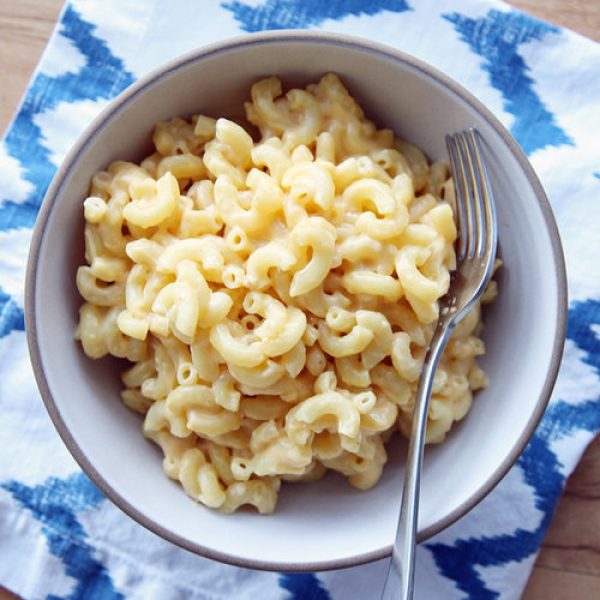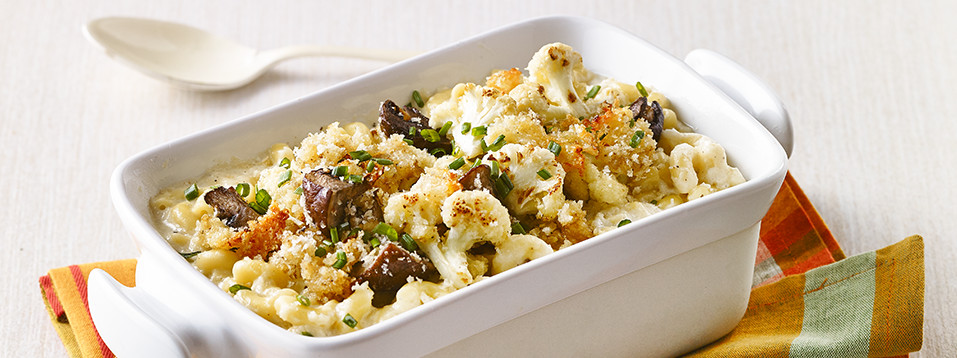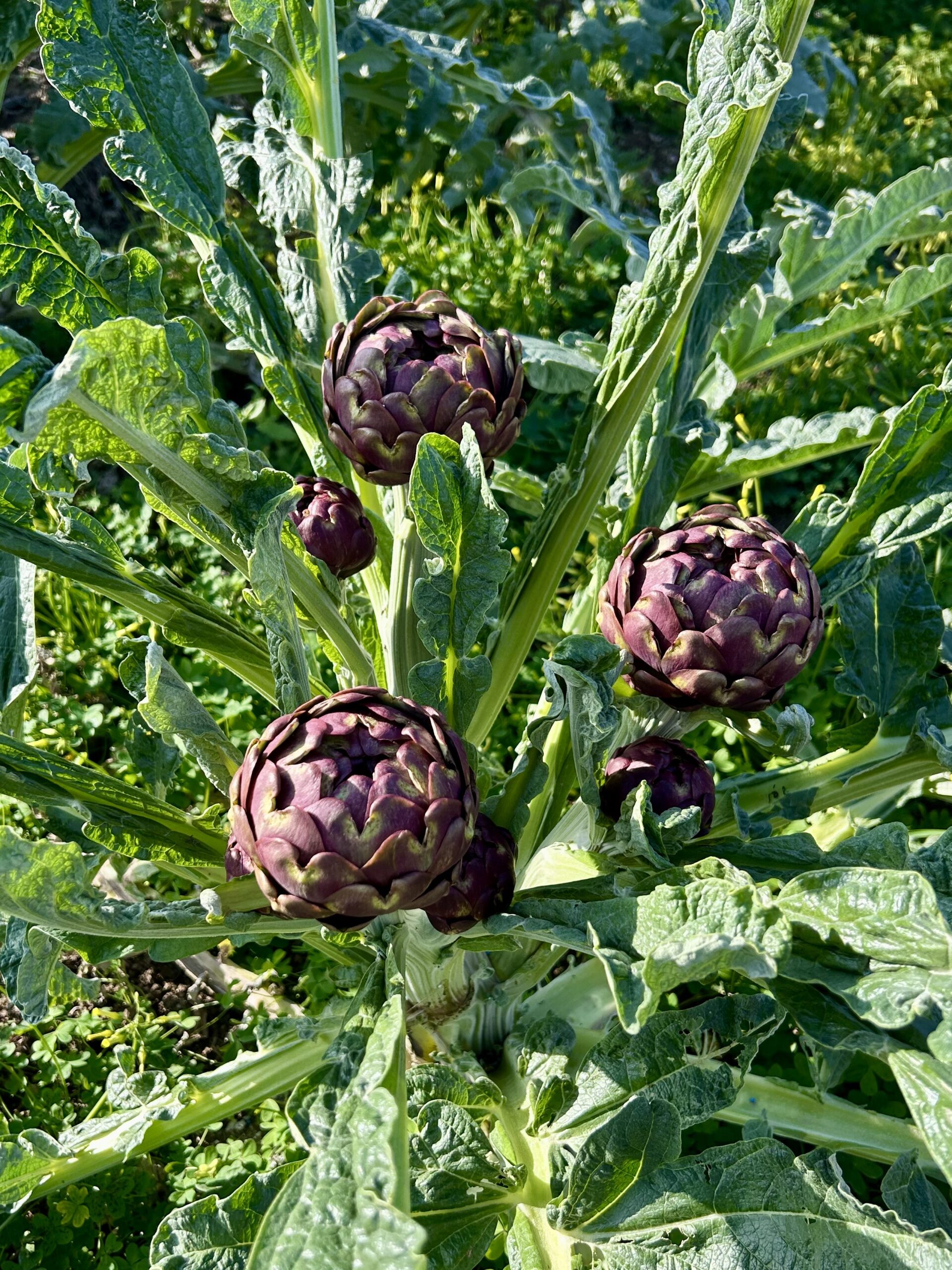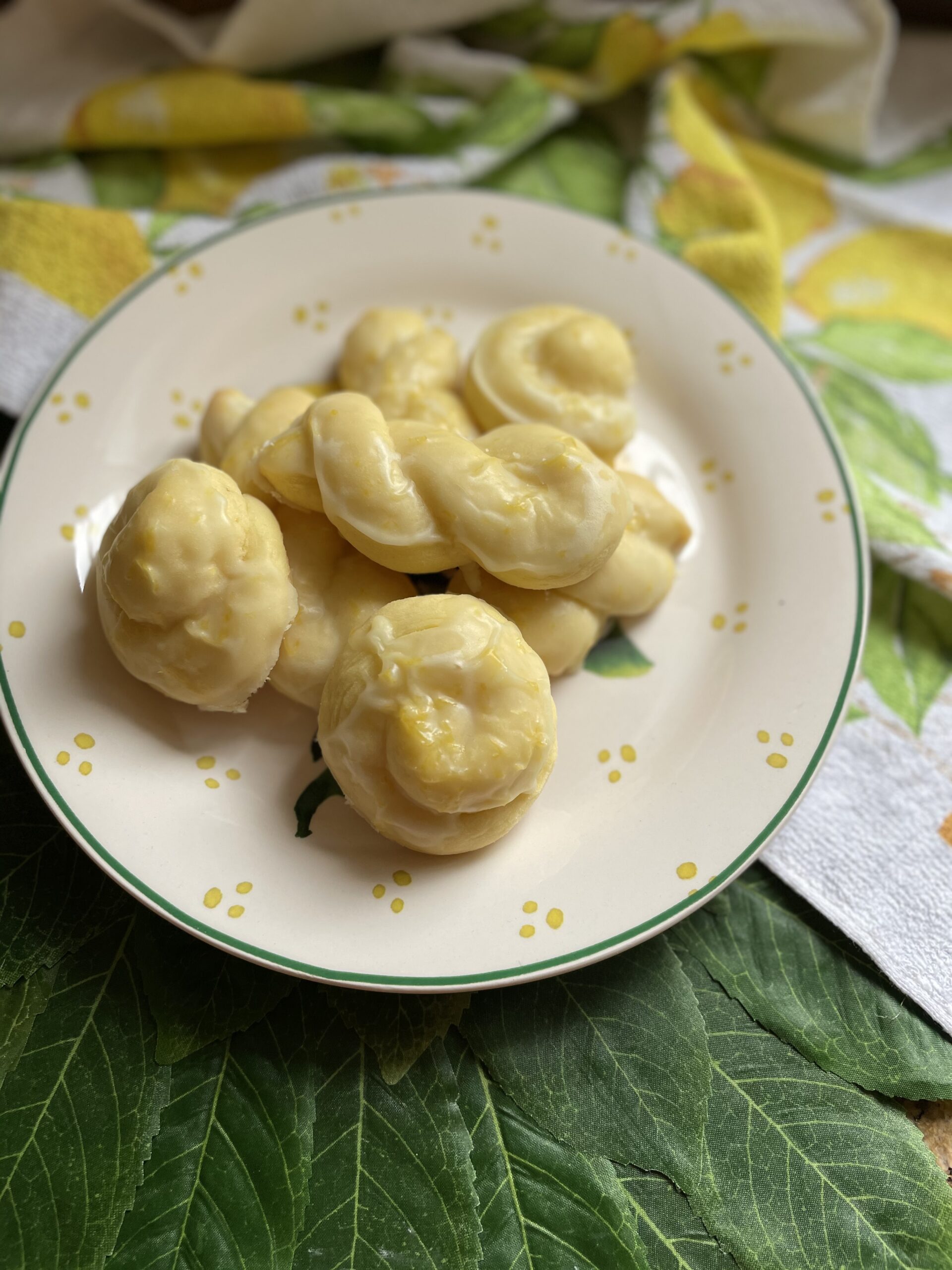The late, great Kurt Cobain said “all I want….is mac and cheese” and who could blame him. There something so comforting about a bowl of elbow macaroni enrobed in cheese and baked off to crispy perfection. While growing up my version of this comfort classic was otherwise known as pasta al forno (rigatoni baked up with a meaty ragu and mozzarella and Parmigiano cheeses), I too enjoyed from time to time a bowl of the bright orange KD stuff.
Macaroni and cheese is a baked casserole dish of English origin whose history dates back to the 14th century. The first recorded recipe consisted of fresh, hand-cut pasta which was sandwiched between a mixture of melted butter and cheese which went by the name makerouns. The dish evolved in the 16th century with cookery writer Elizabeth Raffald’s recipe which incorporated cheddar cheese into a béchamel sauce that was mixed into the pasta and then baked until bubbly and golden. Similar dishes were prepared in France and Italy where American President Thomas Jefferson encountered them and made notes and sketches to be able to recreate this dish in the United States. While the “pie of macaroni” as it was called when he had it served at a state dinner in 1802 didn’t go over very well, the macaroni and cheese casseroles did grow in popularity across the country. Due to the cost of the ingredients, it was considered a dish for the upper class. Once factory production of the main ingredients made it more accessible to the masses, it did however loose its appeal with high society.
By the mid-17th century, macaroni and cheese made its way into Canada via British immigrants who prepared it with a sauce of cream, egg yolks, mace, and mustard, and grated Parmesan or Cheshire cheese on top, which later was replaced with Canadian cheddar. Kraft catapulted the dish to stardom in North America with the advent of its boxed version that could be prepared in pot on the stove-top (and later the microwave) turning it into an easily affordable, pantry staple for many (all starving students can attest to surviving on Kraft dinners).
In recent years however, mac and cheese has once again been elevated to gourmet status making use of different types of pastas, cheeses and other ingredients bringing the comfort classic to new heights. With the addition of components like lobster and truffles, it is not uncommon to find this dish on five-star menus, in fact several of Canada’s great chefs recently battled it out in a competition known as the Grate Canadian Cheese Cook-Off creating sensational versions of mac and cheese. Among the competing casseroles, my favorite was the Smoky Cauli-power Mac & Cheese prepared by Chef Andrew Farrell, Chef de Cuisine of 2 Doors Down Food + Wine, Halifax NS (recipe follows).
Whether enjoyed in its classic composition or heightened to Michelin-star status, macaroni and cheese is comfort food at its finest. Buon Appetito!
Smoky Cauli-power Mac & Cheese (Recipe from www.dairygoodness.ca)
Ingredients
- 1 large or 2 small heads of cauliflower
- 1 lb (500 g) cremini mushrooms
- Salt and pepper, to taste
- 4 tbsp (60 mL) canola oil, divided
- 2 cups (500 mL) shredded Cow’s Creamery extra-old Cheddar or other Canadian aged Cheddar, divided
- 1 lb (500 g) elbow macaroni
- 1 cup (250 mL) panko breadcrumbs
- 1 onion, diced
- 1/2 cup (125 mL) unsalted butter
- 3 cloves garlic, minced
- 2 tbsp (30 mL) cornstarch
- 1 tbsp (15 mL) Dijon mustard
- 1 tsp (5 mL) Marmite (yeast extract)
- 1/2 tsp (2 mL) ground nutmeg
- 2 cups (500 mL) whole milk
- 1 cup (250 mL) 35% whipping cream
- 2 1/2 cups (625 mL) shredded Cow’s CreameryAppletree Smoked Cheddar or other smoked Canadian Cheddar
- 1 cup (250 mL) crumbled Urban Blue cheese or other mild creamy Canadian Blue cheese
- Chopped Chives
Preparation
Preheat oven to 425°F (220°C).
Trim cauliflower stem so it sits flat on cutting board; cut into thirds vertically (you will have two outside parts and one piece with core still attached). Grate outside pieces on a box grater and measure 3 cups (750 mL). Cut the middle piece of cauliflower into skinny florets, measure 2 cups (500 mL). Set aside grated cauliflower and place florets in large mixing bowl.
Using your hands, tear mushrooms into bite-size chunks, stem and all. Add to bowl with cauliflower florets; toss with salt, pepper, 2 tbsp (30 mL) of the canola oil, breadcrumbs and ½ cup (125 mL) of aged Cheddar. Spread mixture on a non-stick or foil lined baking sheet. Bake for 10 minutes or until browned; set aside
In large pot of boiling, salted water, cook pasta according to package directions, until al dente. Drain and rinse lightly; set aside.
Meanwhile, preheat oven to high broil. Heat large, heavy bottomed pot on medium-high heat. When pot is hot enough that a water droplet evaporates quickly, add remaining oil, grated cauliflower, onion and salt and pepper. Do not stir for the first 1 minute of cooking. Sauté, until cauliflower is golden brown, about 5 minutes. Add butter and garlic; cook 3 minutes, stirring and scraping up any bits stuck to bottom of the pot.
Reduce heat to medium and add cornstarch, mustard, Marmite and nutmeg. Stirring well, slowly whisk in milk and whipping cream; bring sauce to simmer. Remove from heat. With an immersion blender, carefully puree until smooth. Stir in remaining aged Cheddar, smoked Cheddar and Blue cheese; return to heat. Stir until cheese is melted. Remove sauce from heat and stir in pasta.
Place baking sheet with cauliflower mixture on the top rack in the oven and broil until mixture is crispy, about 1 to 2 minutes. Place cheesy cauliflower pasta in serving bowls and top with crispy cauliflower and mushroom mixture. Sprinkle with chives and enjoy.
Tips
Place cheesy cauliflower pasta in a buttered 13×9-inch (3 L) glass baking dish. Top with roasted cauliflower and mushroom mixture, chives and an additional ½ cup (125 mL) each of shredded aged Cheddar cheese and smoked Cheddar cheese. Bake in preheated 375°F (190°C) oven until cheese is melted and cauliflower is deep brown but not burnt, about 10 to 12 minutes.








